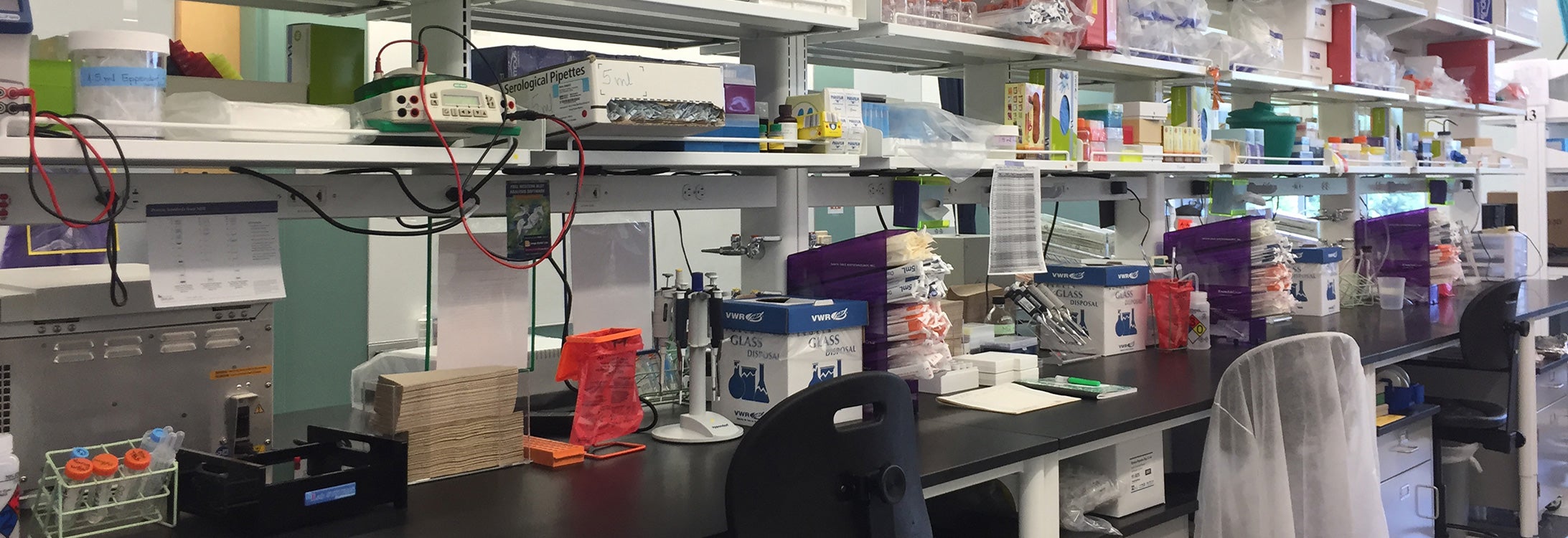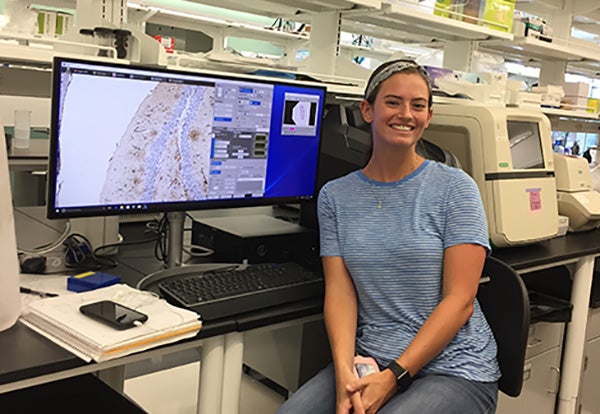Research
“After all, it is ongoing work which makes one go to the laboratory with a feeling of suspense and cautious expectation. Although success is rare, we continue in the spirit expressed by Robert Louis Stevenson, that to travel hopefully is better than to arrive.”
-Stephen W. Kuffler
Overview
We study synaptic alterations and neuronal dysfunctions associated with early stage Alzheimer’s disease, using advanced imaging, cell biology, biochemistry and behavioral techniques in conjunction with transgenic mice and mouse models of Alzheimer’s disease. We are particularly interested in identifying signaling pathways that provide resilience against Alzheimer disease.
Projects
Project 1 focuses on the role of small GTPase, Rab10 in protecting the brain against neurodegeneration, as chronic reduction in the level and activity of this protein reduces the risk of Alzheimer’s disease. Using model mice (J20 and 5xFAD) on Rab10 +/- background, our aim is to identify signaling pathways that mediate Rab10-dependent resilience against Alzheimer’s disease.
Project 2 focuses on the role of a brain specific protein, called ADAP1 (Centaurin α1) in normal brain function and in neurological disorders. Our earlier studies identified ADAP1 as a negative regulator of synaptic plasticity and dendritic spine density. We found that reduction of ADAP1/CentA1 level protects neurons from dendritic spine elimination associated with Alzheimer’s disease. Using mice KO for ADAP1/CentA1 we are dissecting the role of this protein in healthy aging and in neurodegenerative disorders.
Selected Publications
Behavioral and Transcriptome Profiling of Heterozygous Rab10 Knock-Out Mice via PubMed

